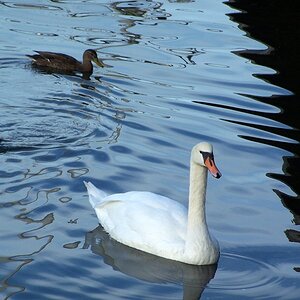cypilk
TPF Noob!
for variety purposes... wouldn't people want to get a zoom lens over a prime lens... i mean.. it all does the same thing... just that if you wanted to get closer to something..you would have to walk up to it.. or walk further away. i don't see the benefit in lenses without zoom.
for example.. say the shot you want to take is too small. and does not fill up the frame you wanted it to... or vice versa..
also, macro lenses are just.. closer focusing ranges right?... so you can get closer to the subject you want to take a picture of.. but then again...some zoom lenses can get pretty close to the subject with focus too.. lets say "give or take a foot" i mean.. 24mm is "good enough" isn't it?..
well i just wanted to know what the pros and cons of prime lenses and zoom lenses... and macros vs 24mm - 120 zoom lenses
for example.. say the shot you want to take is too small. and does not fill up the frame you wanted it to... or vice versa..
also, macro lenses are just.. closer focusing ranges right?... so you can get closer to the subject you want to take a picture of.. but then again...some zoom lenses can get pretty close to the subject with focus too.. lets say "give or take a foot" i mean.. 24mm is "good enough" isn't it?..
well i just wanted to know what the pros and cons of prime lenses and zoom lenses... and macros vs 24mm - 120 zoom lenses


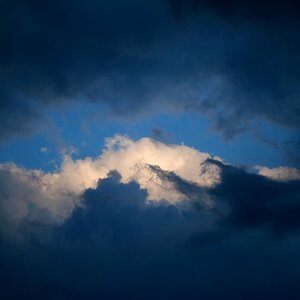
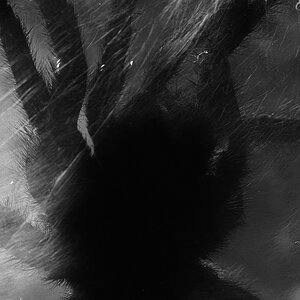
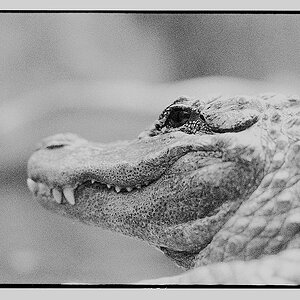
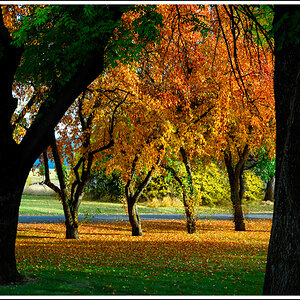
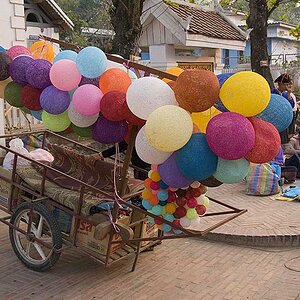
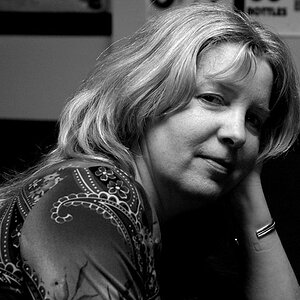
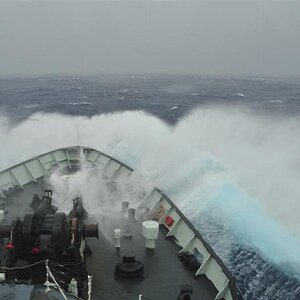
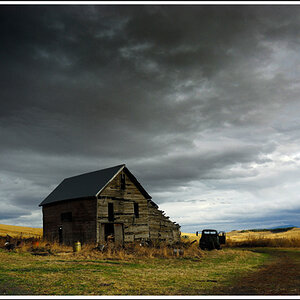
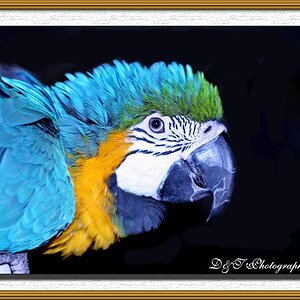
![[No title]](/data/xfmg/thumbnail/32/32699-3434a76363cb383404e00a3cd5ed5728.jpg?1619735601)

